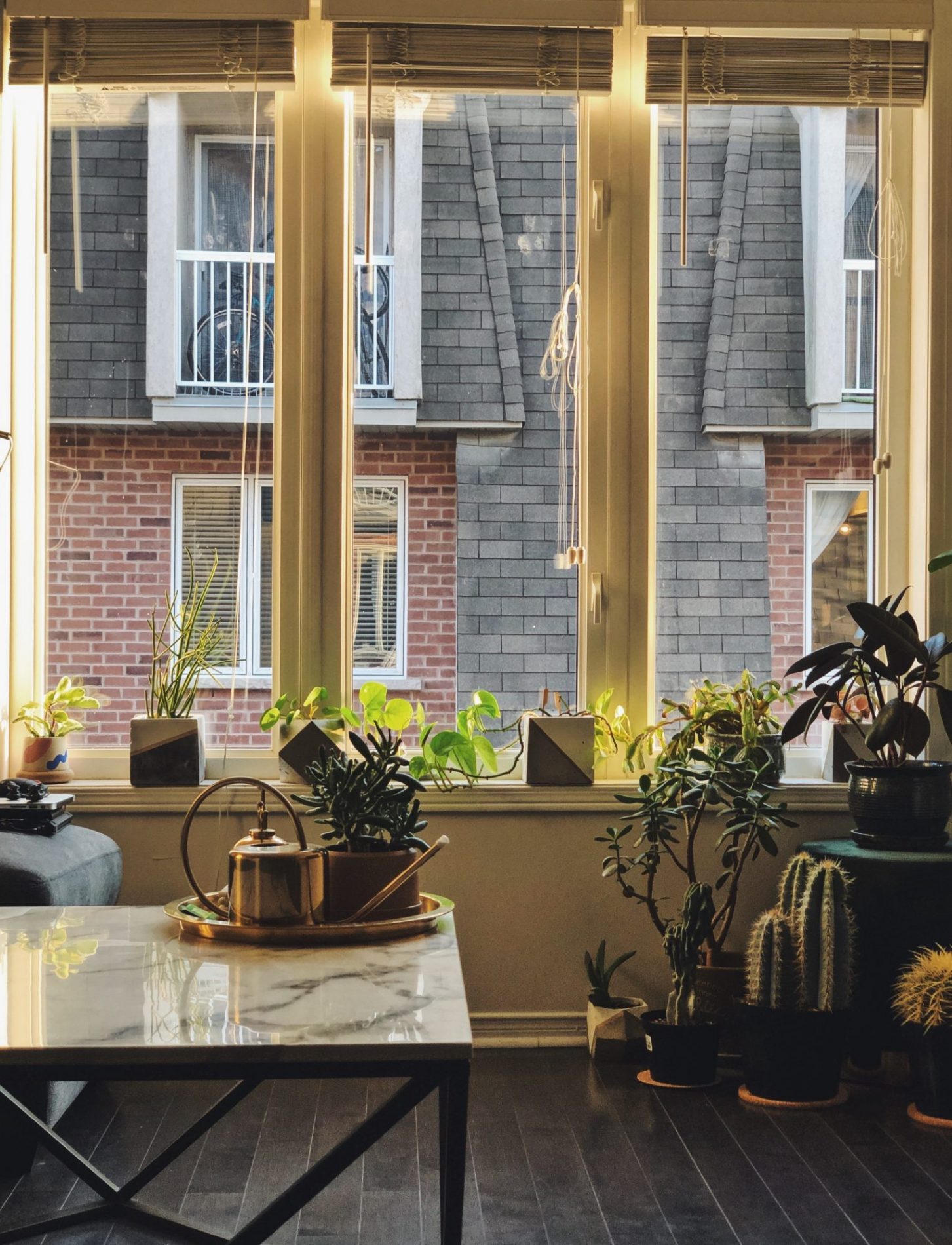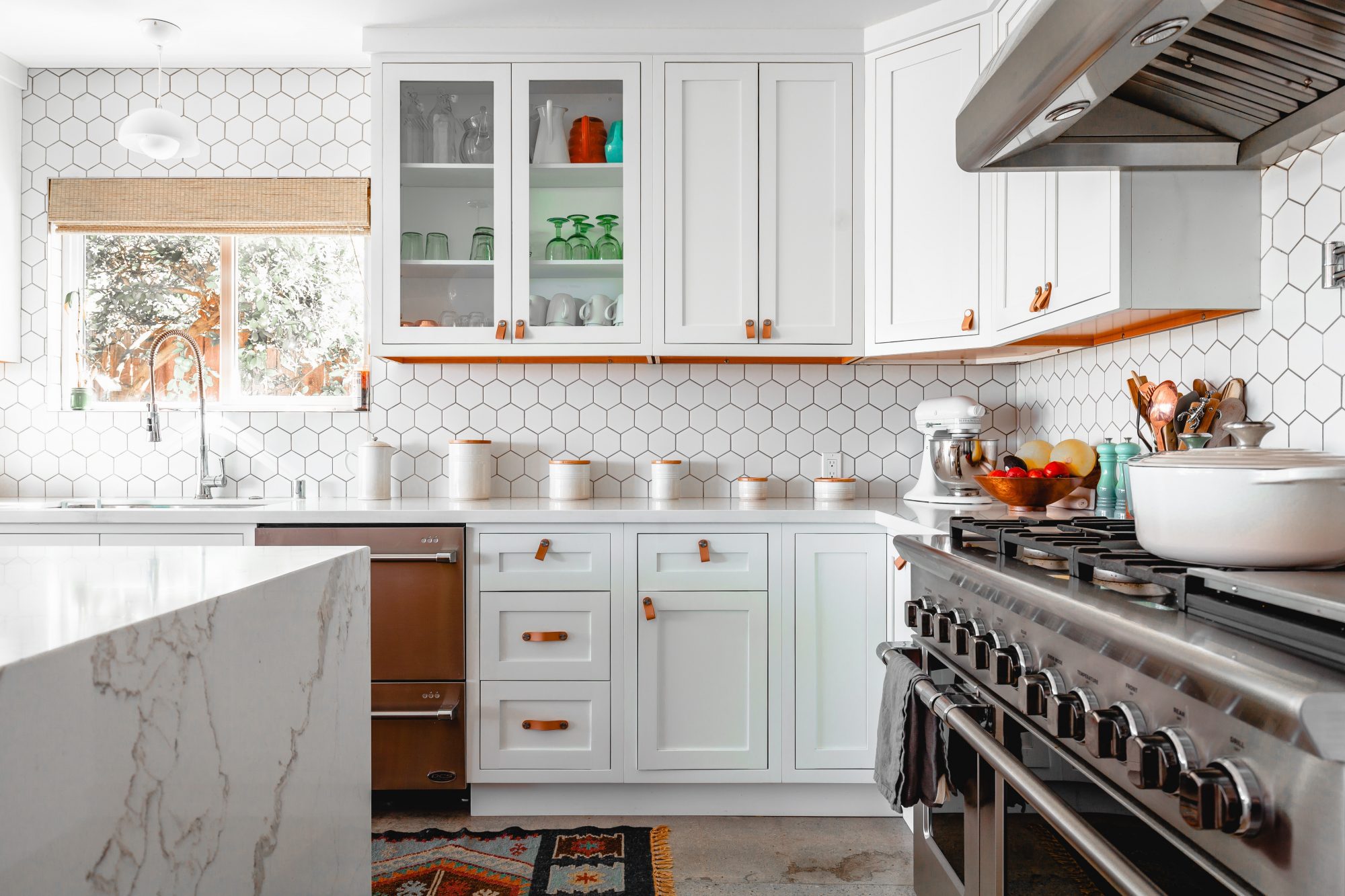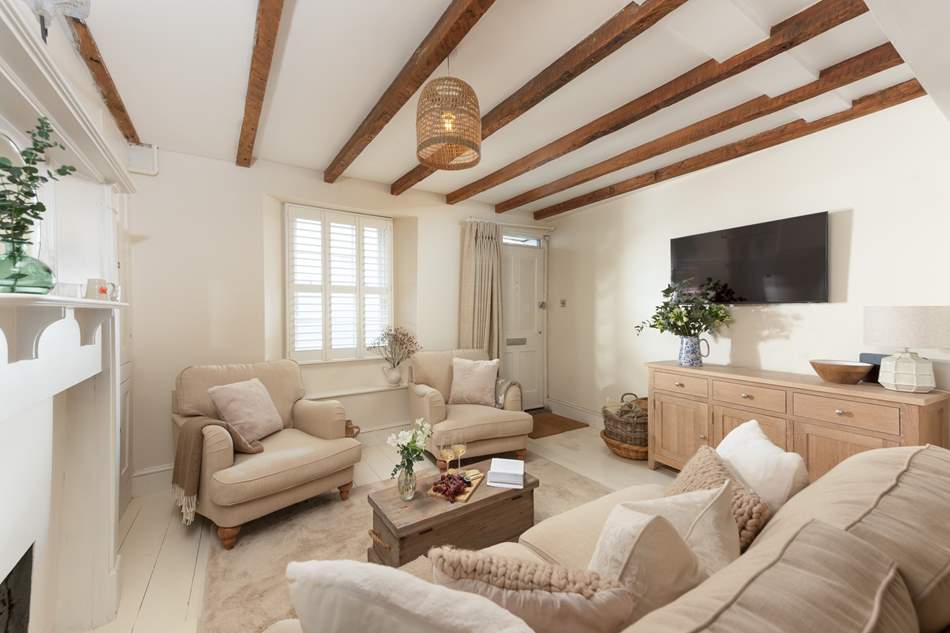
The Impact of Natural Light on Living Spaces
Natural light has long been known to impact living spaces positively. It helps regulate mood, energy levels, and productivity and provides essential vitamins that are key for promoting overall health. Natural light is beneficial in this way and can bring aesthetic value to homes and other buildings when used appropriately. This article will explore the various ways natural light affects living spaces. It will also outline the best ways to maximise the potential of natural light in a space.
Various Ways Natural Light Affects Living Spaces
Mood Regulation:
One of the main advantages of natural light is its ability to regulate mood. For example, exposure to sunlight can help improve feelings of depression and anxiety by increasing serotonin production in the brain, which creates a feeling of well-being.
Sunlight also helps reduce symptoms associated with Seasonal Affective Disorder (SAD), such as lethargy, weight gain, and difficulty focusing. While the effects of natural light are especially beneficial during winter, it is essential to be aware of overexposure to prevent skin damage.
Energy Levels:
Natural light can also help increase energy levels. Sunlight helps synchronise circadian rhythms, which regulate our natural sleep cycles. This allows us to get a more restful sleep at night and wake up energised in the morning. Additionally, sunlight can boost alertness during waking hours due to its stimulating effect on the body and mind.
Productivity:
In addition to affecting mood and energy levels, natural light has been shown to improve productivity in various ways. For example, studies have found that people who work in natural light are more productive than those who work in artificial lighting or darkness. This is likely due to the fact that natural light increases alertness, making it easier for people to focus and stay on task.
Aesthetics:
Natural light can also add aesthetic value to a home or other building through its ability to showcase colours, textures, and details in ways that artificial lighting cannot match. For example, sunlight filtering through windows can create visually stunning effects by illuminating different parts of the room at various times of the day. This can help bring warmth and ambience into a space, making it feel more inviting and cosy.
How To Maximise The Potential Of Natural Light
There are several things to consider when it comes to maximising the potential of natural light in a space.
One is the orientation of the room. Rooms that face north or south will typically receive the most natural light, while those that face east or west may be more likely to experience glare or direct sunlight at certain times of the day.
Another consideration is the type of window coverings being used. Blinds and shades can help control the amount of light coming into a space and the direction it is coming from. This can be especially helpful in rooms that receive a lot of direct sunlight, as it can help reduce glare and heat build-up. In these cases, it is best to hire Blind Fitters to ensure a perfect fit.
Lastly, it is important to consider how furniture and other items are arranged in space. For example, placing furniture near windows can help maximise the amount of natural light that enters a room while also providing opportunities to take advantage of its aesthetic potential.
Natural light has many benefits that can improve mood, energy levels, and productivity in living spaces. It can also add an element of beauty to a space by showcasing colours and textures. When used appropriately, natural light can be a powerful tool for improving the overall atmosphere of a home or other building. Understanding how to maximise its potential can help make any space feel brighter, more vibrant, and more inviting.


